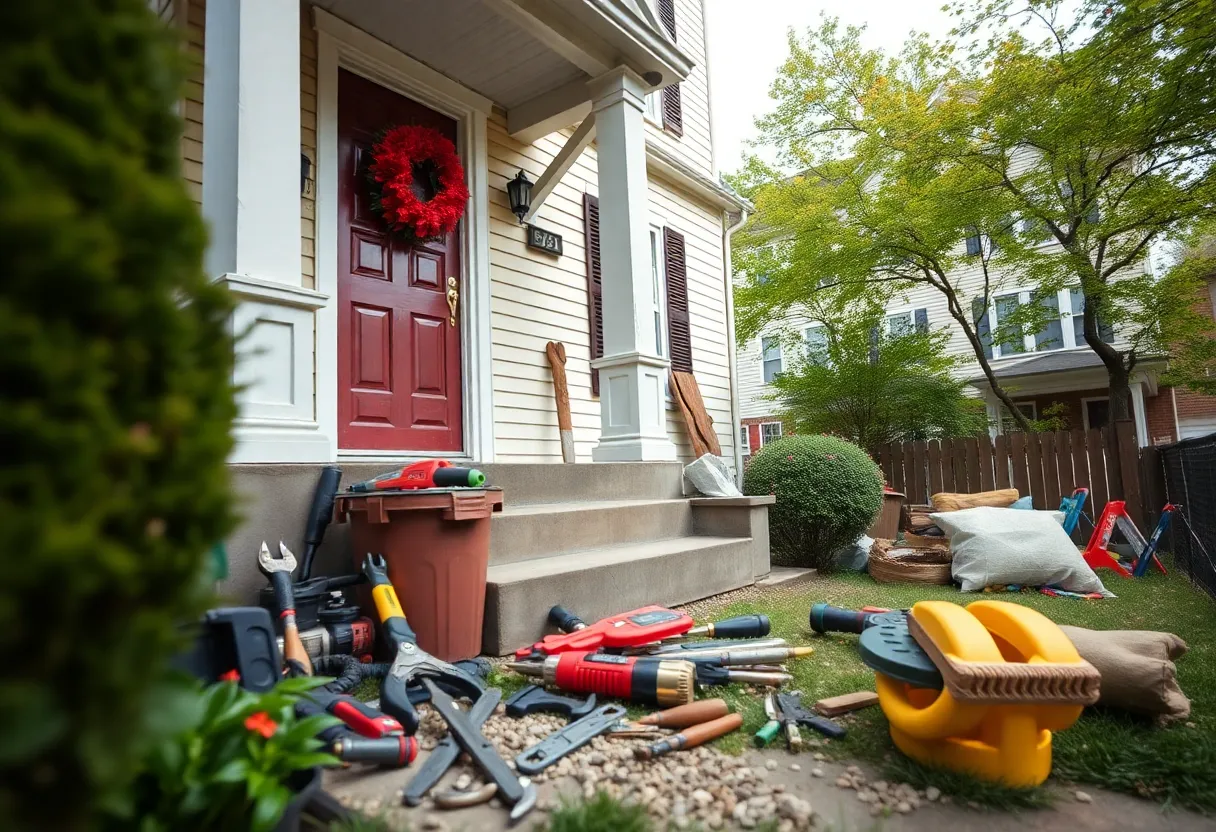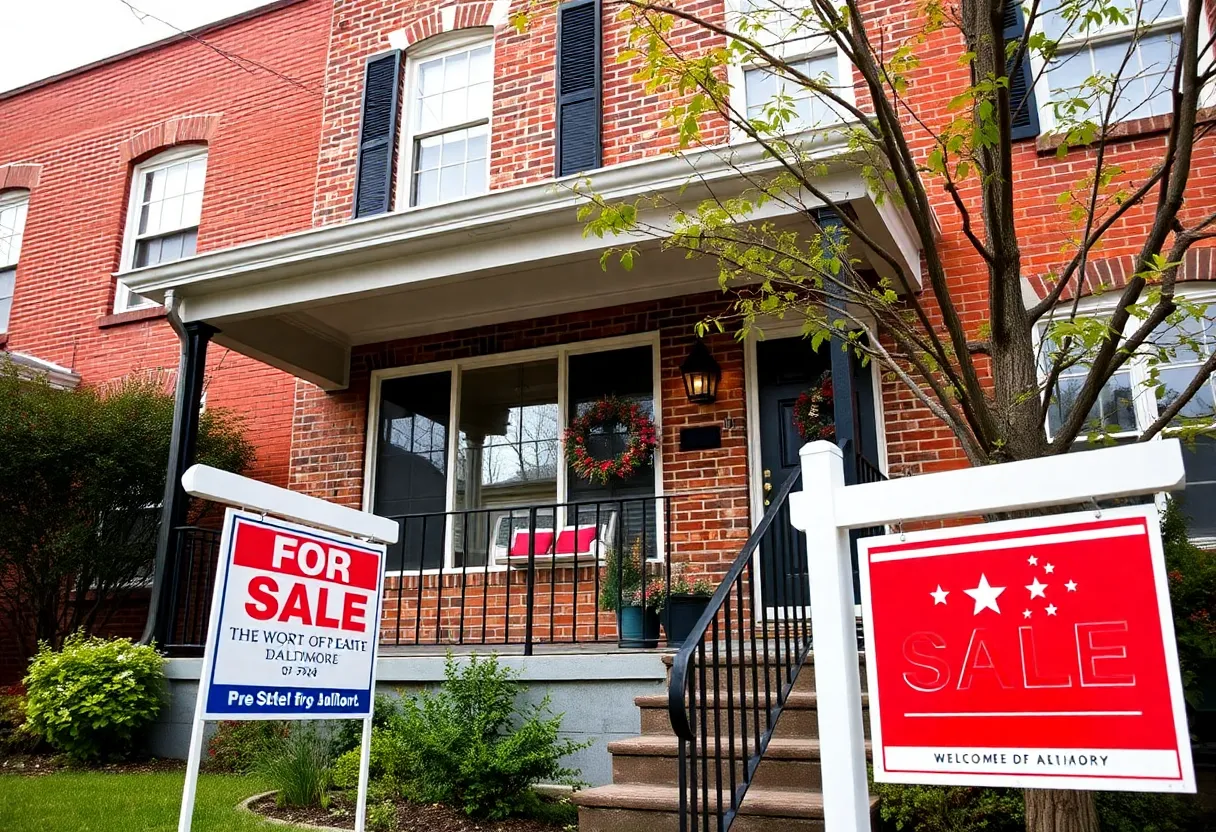What Are the Essential Factors to Consider When Building a Home in a Historical Neighborhood?
Constructing a home within a historical neighborhood presents a unique blend of opportunities and challenges. These districts often feature architectural styles, cultural significance, and urban fabric that demand meticulous planning and respect for their legacy. Navigating this process requires a clear understanding of multiple key considerations to ensure a respectful, compliant, and sustainable development.
Preservation of Architectural Integrity
Understanding the Architectural Style and Regulations
Historical neighborhoods typically boast distinct architectural styles—Victorian, Craftsman, Colonial Revival, Art Deco, among others. It is crucial to thoroughly research the style and ensure the new design harmonizes with existing structures. Local regulations often impose restrictions to preserve the neighborhood’s aesthetic and cultural integrity.
Consult local historic preservation ordinances. These often specify permissible materials, colors, window sizes, roof styles, and façade features. Failure to adhere to these guidelines can result in legal complications or the need for costly alterations.
Matching Architectural Details
Design elements such as moldings, cornices, and porch details should align with neighborhood standards. Employing an architect experienced in historic preservation can facilitate designing a home that respects its surroundings without compromising functionality.
In some cases, adopting a ‘compatibility principle’ helps balance innovation with tradition, ensuring new construction complements existing architecture without mimicking it exactly.
Regulatory Compliance and Permitting
Historical District Regulations
Many historic neighborhoods fall under local historic district regulations or designation. These often require submit chambering plans, drawings, and sometimes, a review process involving local preservation commissions.
Understanding the permitting procedure early prevents delays. Architects or project managers experienced with historic districts help navigate these bureaucracies efficiently.
Zoning Laws and Building Codes
Beyond preservation rules, standard zoning ordinances impact setbacks, lot coverage, height restrictions, and land use. Adhering to these ensures legal compliance and prevents future complications.
Ensure that the project aligns with both the local zoning code and the historic district regulations for a smooth approval process.
Environmental and Site-Specific Factors
Topography and Soil Condition
Historic neighborhoods often feature mature landscapes, mature trees, and unique topographical features. Site analysis should include soil stability, drainage patterns, and natural features to inform foundation design and landscaping.
Preserving indigenous flora and minimizing disruption to the existing environment helps maintain neighborhood character.
Climate Considerations
Factor in climate-related elements such as wind patterns, sunlight, and temperature variations. These influence building orientation, insulation, and window placement, enriching sustainability and comfort.
Material Selection and Craftsmanship
Authentic and Sustainable Materials
The choice of materials significantly impacts both the appearance and durability of the new home. Use authentic materials whenever possible—brick, wood, stone—matching the neighborhood’s prevalent styles.
Simultaneously, prioritize sustainable options that improve energy efficiency. For example, reclaimed wood or environmentally friendly insulation can honor both heritage and ecological responsibility.
Quality Craftsmanship
Given the historical significance, craftsmanship quality is vital. Skilled artisans can replicate period-appropriate details, restoring authenticity and ensuring durability.
Design Considerations and Modern Requirements
Balancing Preservation with Modern Living
Integrating modern amenities without compromising історична the neighborhood’s aesthetic requires deliberate design. Innovative solutions include concealed wiring, energy-efficient HVACs, and smart-home features installed subtly.
Design flexibility should reflect an understanding of both preservation standards and contemporary lifestyle needs.
Interior Layout and Functionality
While respecting external historical features, interior layouts should meet current standards of comfort, accessibility, and energy performance. Open plans, ample natural light, and efficient storage optimize space utility.
Community Engagement and Approval Process
Engaging with Local Stakeholders
Community acceptance often influences project success. Early engagement with local residents, preservation societies, and planning authorities fosters transparency.
Address concerns proactively, especially pertinent to construction noise, site disturbance, and design compatibility.
Review and Feedback
Incorporate feedback from hearings or review boards. Demonstrate how your design respects the neighborhood’s heritage while fulfilling your needs.
Utilities, Infrastructure, and Accessibility
Utility Integration
Planning connections to utilities—electricity, water, sewer—must consider existing infrastructure. Upgrades or rerouting might be necessary, but should be minimal to preserve curb appeal.
Accessibility and Connectivity
Ensure the new home adheres to contemporary accessibility standards, such as wheelchair ramps or wider doorways, without disturbing historical elements.
Network connectivity—including internet and transportation—should be integrated thoughtfully for modern convenience.
Financial Planning and Incentives
Budgeting for Preservation and Construction
Building in a historically designated area typically incurs higher costs—specialized materials, craftsmanship, and regulatory compliance. These should be factored into your budget from the outset.
Possible Incentives and Grants
Many jurisdictions offer financial incentives—tax credits, grants, or reduced permits—to encourage preservation efforts. Research available options and include them in fiscal planning.
Long-Term Maintenance and Preservation
Maintenance of Historic Features
Careful planning for ongoing preservation ensures the longevity of both external and internal historic features. Regular inspections, proper restoration techniques, and using suitable materials are essential.
Adaptive Reuse and Flexibility
Design homes that can adapt over time, allowing for functional updates without damaging historic elements. Flexibility in design reduces future renovation costs and preserves neighborhood character.
Conclusion
Building a home in a historical neighborhood demands a strategic approach grounded in a thorough understanding of preservation laws, architectural harmony, and sustainability. By respecting the neighborhood’s character while integrating functional contemporary features, homeowners can create a meaningful connection with history and their community.
Each factor—from regulatory compliance, material selection, and community engagement—requires careful consideration. Success hinges on balancing heritage conservation with modern needs.
Ultimately, thoughtful planning ensures that new constructions contribute positively to the neighborhood’s story, maintaining its charm for future generations.
Author: STAFF HERE BALTIMORE WRITER
The BALTIMORE STAFF WRITER represents the experienced team at HEREBaltimore.com, your go-to source for actionable local news and information in Baltimore, Baltimore County, and beyond. Specializing in "news you can use," we cover essential topics like product reviews for personal and business needs, local business directories, politics, real estate trends, neighborhood insights, and state news affecting the area—with deep expertise drawn from years of dedicated reporting and strong community input, including local press releases and business updates. We deliver top reporting on high-value events such as the Baltimore Book Festival, Preakness Stakes, and Artscape. Our coverage extends to key organizations like the Baltimore Chamber of Commerce and Visit Baltimore, plus leading businesses in shipping and healthcare that power the local economy such as the Port of Baltimore and Johns Hopkins Medicine. As part of the broader HERE network, we provide comprehensive, credible insights into Maryland's dynamic landscape.





